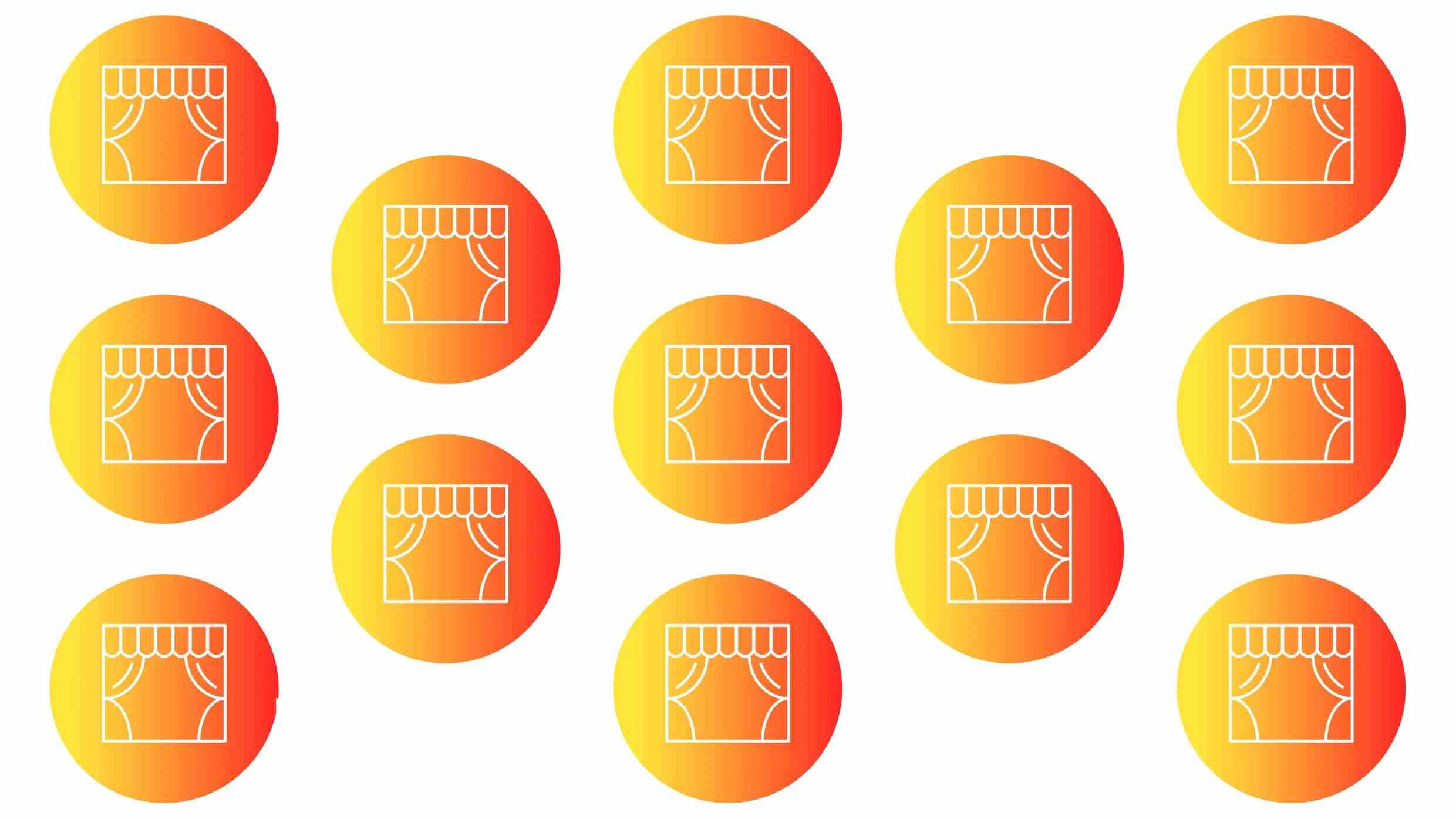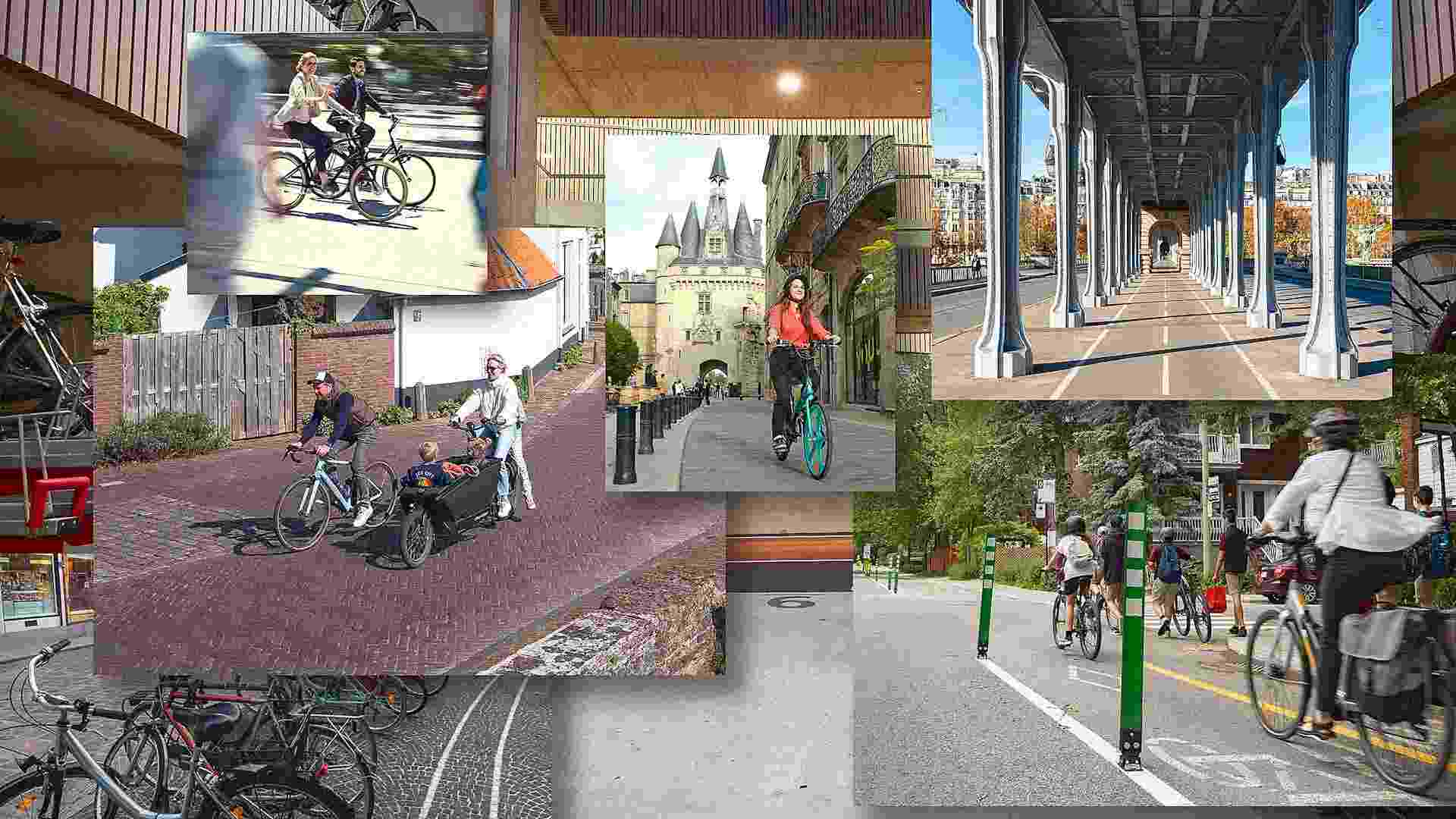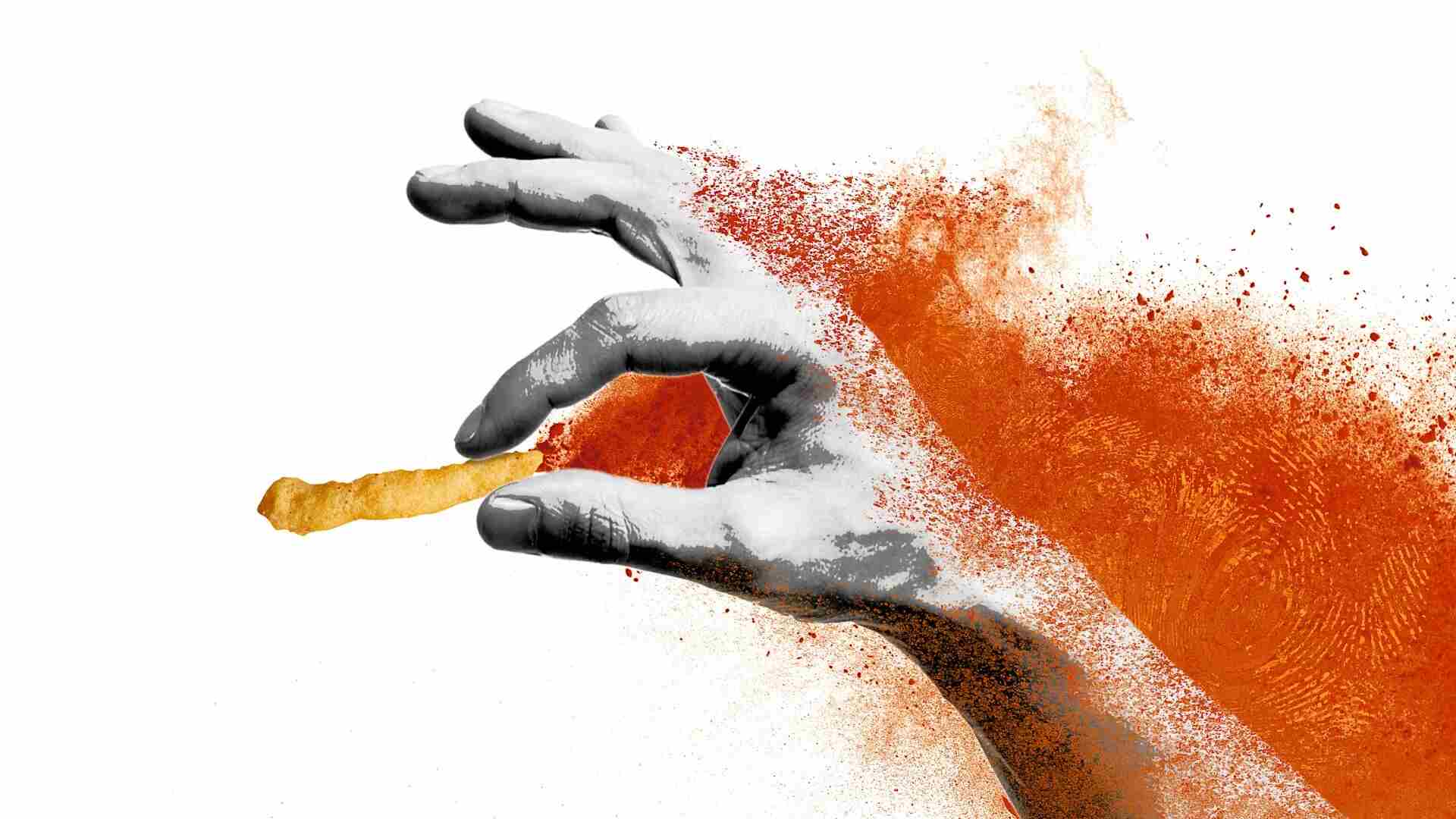- | 8:00 am
Why maximalism is ruling live events
Experiences are going big across genres, venues, generations, and senses.

What does it take to create a must-see live event in 2024? Talk to experts in the space and some might insist that an Instagram-friendly social media campaign is your best bet. Others will point to the necessity of promising an intense and emotionally impactful experience that audiences just can’t get at home.
Increasingly, live events may need both of those elements.
That’s a key takeaway from Fast Company’s annual Most Innovative Companies list for live events and experiences, a category that has never been more exciting or more precarious. After the pandemic shut down in-person gatherings around the world four years ago, live events did come roaring back—as industry watchers had hoped they would—but the recovery has not been an even one. Movie attendance is still down from pre-pandemic highs, aside from a handful of buzzworthy breakouts. Ditto for museums and other cultural events. Regional theaters are still struggling to fill seats in many parts of the country, with even some storied nonprofit venues making the painful decision to lay off staff and shorten their seasons.
But on the other side of that spectrum, you could hardly have avoided hearing about live events over the past 12 months that found success with an unapologetic focus on maximalism. Sphere, the dome-shaped entertainment complex that debuted in Las Vegas in 2023, went viral on social media months before it even opened. Over the summer, its 580,000-square-foot exterior lit up for the first time with a montage of animated images that included a giant blinking eyeball overlooking the Nevada desert. Was it brilliant or just plain creepy? Did it matter? That fall, as nearly 40,000 eyeballs watched U2 perform the Sphere’s first official concert, everyone knew what the venue was promising: a level of immersion never seen before.
Experts say that combination of connecting with audiences on social media and then connecting with them again in person is critical for event spaces that want to thrive in the 21st century. “That’s the differentiator for brands now,” says Angeli Gianchandani, a brand marketing practitioner in residence at the University of New Haven’s Pompea College of Business who focuses on consumer behavior. “It’s not just a nice-to-have—it allows your brand to break through.”
Maximalism, coupled with a smart social strategy, was seen in live events that spanned genres and venues, from Broadway musicals to sports. For David Byrne’s Here Lies Love, designer David Korins transformed one of Broadway’s biggest theaters into a pulsating nightclub by tearing out the seats of the orchestra section and allowing audiences to become fully absorbed in the groundbreaking spatial-audio system. Meanwhile, at the University of Nebraska, staff worked overtime to prepare a local football stadium for what was dubbed “Volleyball Day in Nebraska,” building up a monthslong buzz for a doubleheader of games that wound up breaking the world record for attendance at a women’s sporting event. And in Texas, the psychedelic arts collective Meow Wolf—already known for its over-the-top exhibitions—outdid itself in 2023 with The Real Unreal, a blending of immersive art and narrative storytelling built inside a former Bed Bath & Beyond.
Gianchandani notes that events in Asia and Europe have long embraced this maximalist philosophy and says she sees it as less of a “trend” than a feature of live events that’s here to stay. “Being able to create that immersive experience that stimulates not only the mind, but the touch, the smell, the sound, the feel—that’s going very deep,” she says. “It’s very powerful for consumers to leave with.”
Since no discussion of live events would be complete without mentioning Taylor Swift, we’d be remiss if we didn’t mention how the pop star not only broke the world record for concert revenue with her Eras Tour in 2023, but also broke the mold for theatrical distribution with the tour’s movie version, which bypassed traditional studios and was available in cinemas while the actual tour was still happening. Gianchandani confesses to getting swept up in Swiftmania when she saw the movie and watched how audiences instantly knew how and when to move their glowing wristbands in unison and interact with the music. “I was not a Swiftie,” she says, “and all of a sudden I’m in the movie theater, standing and dancing. This is how contagious and how dynamic [Swift] is in making people feel like they belong.”
As for where maximalist live events will go from here, don’t be surprised if they get even bigger and bolder in the next two years. With the FIFA World Cup coming to North America in the summer of 2026, Gianchandani says event coordinators are already deep into the planning phase—and they’ll be tripping over themselves to attract audiences. “You’re going to see a lot of different brands activating in different ways,” she says. “I think during FIFA, all of this live-event and immersive technology will be spectacular.”
Explore the full 2024 list of Fast Company’s Most Innovative Companies, 606 organizations that are reshaping industries and culture. We’ve selected the firms making the biggest impact across 58 categories, including advertising, artificial intelligence, design, sustainability, and more.





































